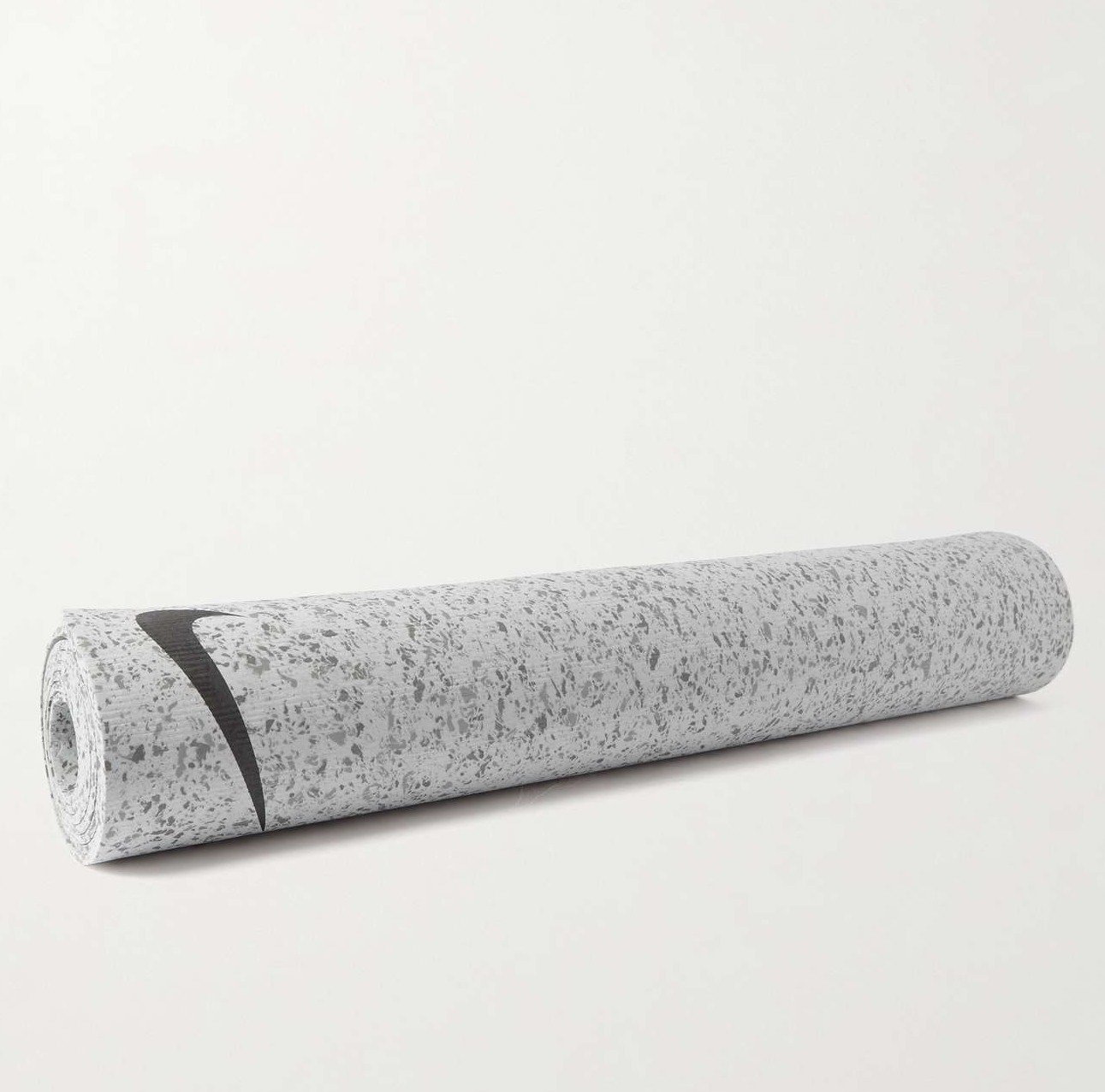Build a Stronger Core from Home
Having a strong core is an essential part of overall fitness. It helps to improve posture, balance, and stability while reducing the risk of injury. Having a strong core also helps you have better performance in other activities such as sports, running, or any physical activity that requires coordination. Despite being one of the most important muscle groups for our body, it’s sometimes neglected in favor of more popular exercises like cardio and strength training.
Fortunately, strengthening your core doesn't necessarily require access to a gym or expensive equipment; there are plenty of core exercises you can do from the comfort of your home.
Benefits of Core Strength
Having a robust core goes beyond just getting a flat stomach or six-pack abs. It comes with a multitude of health benefits that are crucial for overall wellbeing.
Posture
A strong core helps maintain proper posture by evenly distributing the force exerted on the spine. It also helps keep your body aligned, which can lead to an improvement in your overall appearance and reduce fatigue.
Back Support
Core muscles provide vital support to the back, reducing the strain on it and minimizing the risk of back injuries. A well-conditioned core can also help alleviate lower back pain and prevent future episodes.
Injury Prevention
Core strength plays a vital role in injury prevention. It stabilizes the body, allowing it to move in any direction, or even stand in one spot without losing balance. It protects the central nervous system and internal organs, and helps prevent falls and injuries during sports or other activities.
Anatomy of the Core
Understanding the anatomy of the core is essential for effective core training. The core doesn't only include the abs, but several other important muscles as well.
Rectus Abdominis
The Rectus Abdominis muscle, or "abs," is the muscle that gives that six-pack appearance. It's responsible for flexing the lumbar spine and is heavily involved in breathing and coughing.
External Obliques
The External Obliques are situated on each side of the Rectus Abdominis. They allow the trunk to twist, but to opposite sides of where they are located.
Transverse Abdominis
The Transverse Abdominis, also known as the "corset muscle," is the deepest of the abdominal muscles. It stabilizes the pelvis and provides stability before the limbs move.
Beginner Routines
If you're just starting your journey to strong core muscles, we have some beginner routines for you to try.
1) Plank:
The plank is one of the most common core exercises and is a great way to target your entire torso. Start by getting into push-up position, with your hands directly under your shoulders, and feet slightly wider apart than shoulder width. Make sure your body is in one straight line from head to toes and keep it that way for 30 seconds to 1 minute. With practice, increase the duration up to 3 minutes or more.
2) Bicycle crunches:
This exercise works both your abs and obliques (side muscles). Lie on the floor with knees bent and hands behind your head. Lift your legs off the floor while bringing opposite elbow towards knee as if you were pedaling a bike in midair. Then switch sides, alternating between right and left knee. Do 20-30 reps for a good workout. For both these and the plank, I like to make sure to use a soft yoga mat, or else you’ll end up with burns on your elbows or back.
3) Russian twist:
This exercise is great for working your obliques and lower abdominal muscles, as well as improving balance. Start by sitting on the floor with knees bent and feet flat on the floor, then lean back to about a 45 degree angle. With your arms straight out in front of you, twist from side to side (with control). Make sure you rotate at the waist and not just move your arms from side to side. Perform 10-15 reps for each side for optimal results. On days when this feels too easy, I hold a 25lb dumbbell while performing the twists for an extra burn.
4) Leg lifts:
This exercise is great for targeting your rectus abdominis (lower abs), which are hard to target with other exercises. Lie on your back with legs straight and arms at your sides. Keep your feet together as you slowly lift them up until they're pointing towards the ceiling, then lower them back down without touching the ground. Do 10-15 reps for a good workout.
5) Mountain climbers:
This exercise is great for working both your abs and cardio endurance levels. Start by getting into a push-up position, then bring one knee in towards your chest while keeping the other leg extended behind you (like running in place). Alternate between right and left leg quickly to get your heart rate up. Perform 20-30 reps for best results. While the other exercises can be performed in your socks, you’ll want to pop on a pair of shoes for these so you don’t hurt your feet.
10-Minute Routine
If you’re looking to take things up a notch and need an all out routine, try this on for size.
Complete as many rounds as possible in 10 minutes of:
30-second L-sit from the floor
24 squats
30-second handstand hold against the wall
30-second plank hold
These are just some of the core exercises you can do from home, but if you really want to maximize results it’s best to incorporate a variety of exercises in your routine. Remember, consistency is key; focus on perfecting your form and progressing slowly rather than rushing through reps or using heavier weights. That way you'll be sure to build a strong core from home. Keep pushing yourself and stay consistent for optimal results. Good luck!



















